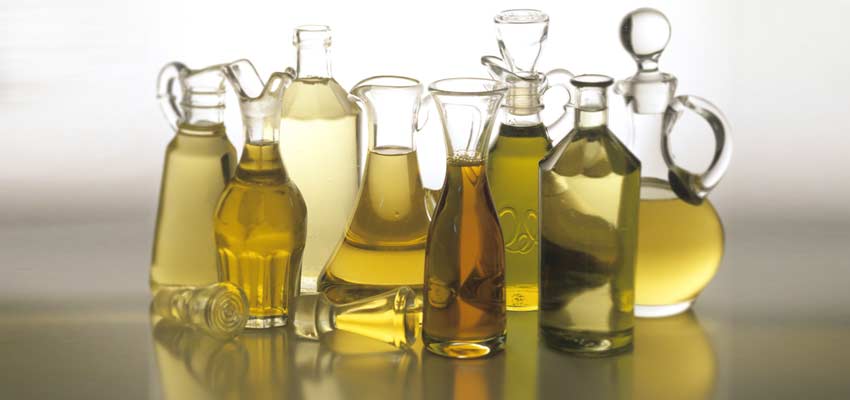The Federal Institute for Risk Assessment (BfR) has compiled a on the potential health risks of 3-MCPD fatty acid esters, 2-MCPD fatty acid esters and glycidyl fatty acid esters. It was published in August.
The BfR FAQ catalogue deals with MCPD fatty acid esters and ‘free compounds’. Esters (e.g. 3-MCPD-FE) and free compounds (e.g. 3-MCPD) are different process contaminants. They are formed in different ways. The fatty acid esters (3-MCPD-FE and glycidyl-FE) are formed during the refining of oils. Free 3-MCPD can be formed as a process contaminant during toasting, roasting and smoking.
The toxicity of the compounds was scientifically proven many years ago. These esters are broken down into ‘free compounds’ in the human body, which is why, from a toxicological point of view, there are only assessment values for the ‘free compounds’. For example, the EFSA's TDI (tolerable daily intake) for 3-MCPD is 2 µg per kg of body weight per day. Maximum levels exist in the EU for vegetable fats and oils, fish oils and ‘other oils of marine origin’ as well as for infant formula (initial and follow-on formula) for the sum of 3-MCPD and 3-MCPD-FE, expressed as 3-MCPD, and for glycidyl-FE, expressed as glycidol.
In which foods were 3-MCPD, 2-MCPD and glycidyl fatty acid esters most frequently detected?
A report by the BfR from 2022 stated that ‘high average levels’ of 3-MCPD (the sum of 3-MCPD and 3-MCPD-FE, expressed as 3-MCPD) were found in fried fish sticks, fried herring, sweet spreads and baked goods and croissants filled with them. According to the report, sweet spreads and filled pastries also contained ‘high levels’ of glycidyl fatty acid esters. Current data from the BfR-MEAL study confirm that filled pastries still contain ‘high levels’ of glycidyl fatty acid esters and 2- and 3-MCPD fatty acid esters. In the case of fish fingers and French fries, it appears to depend on how they are prepared. Depending on the degree of browning and the type of heating, ‘higher levels’ may also occur here.
The BfR recommends adjusting production and processing methods as well as home preparation accordingly in order to minimise fatty acid esters and free compounds. For example, meat should preferably be fried in fat or oil without salt, and French fries and fish fingers should not be browned too much.
The BfR-MEAL study also showed that pre-fried products or products fried in vegetable oils, such as fish fingers and French fries, generally had higher levels.
Industrially produced infant formula (initial and follow-on formula) is subject to strict maximum levels for these process contaminants, which ensure that infant formula is safe. Further maximum quantity limits are currently being drafted.
YOUR PLUS: It is even safer to have your raw materials and end products regularly tested for these process contaminants. The AGROLAB laboratories are also glad to support you in your process optimisation measures by providing accompanying controls.
Author: Dr. Frank Mörsberger, Chief Editor AGROLAB Radar

 Contact
Contact

 Contact
Contact Career
Career